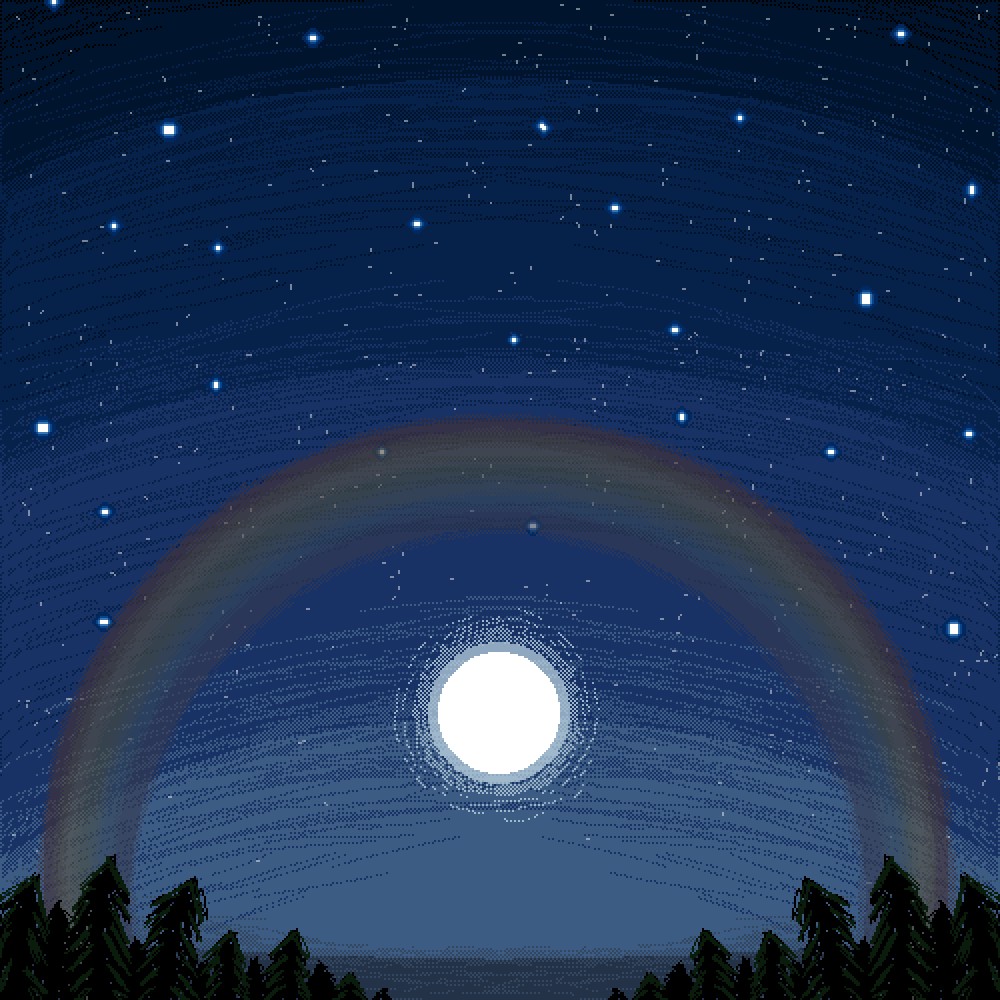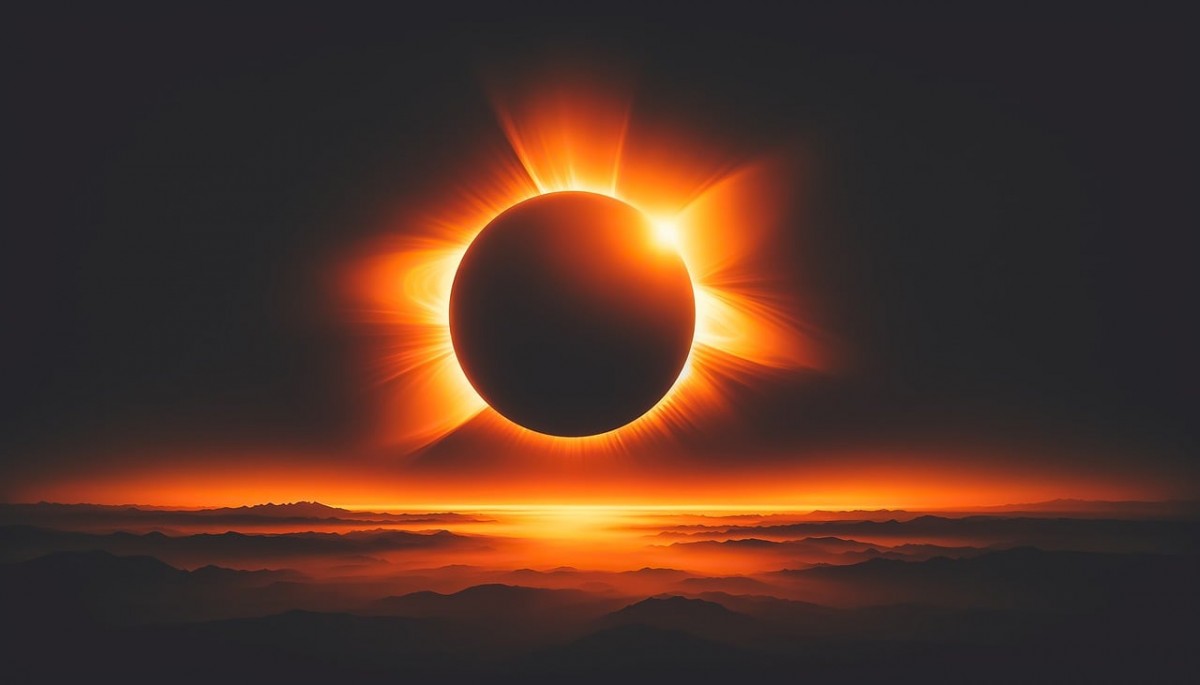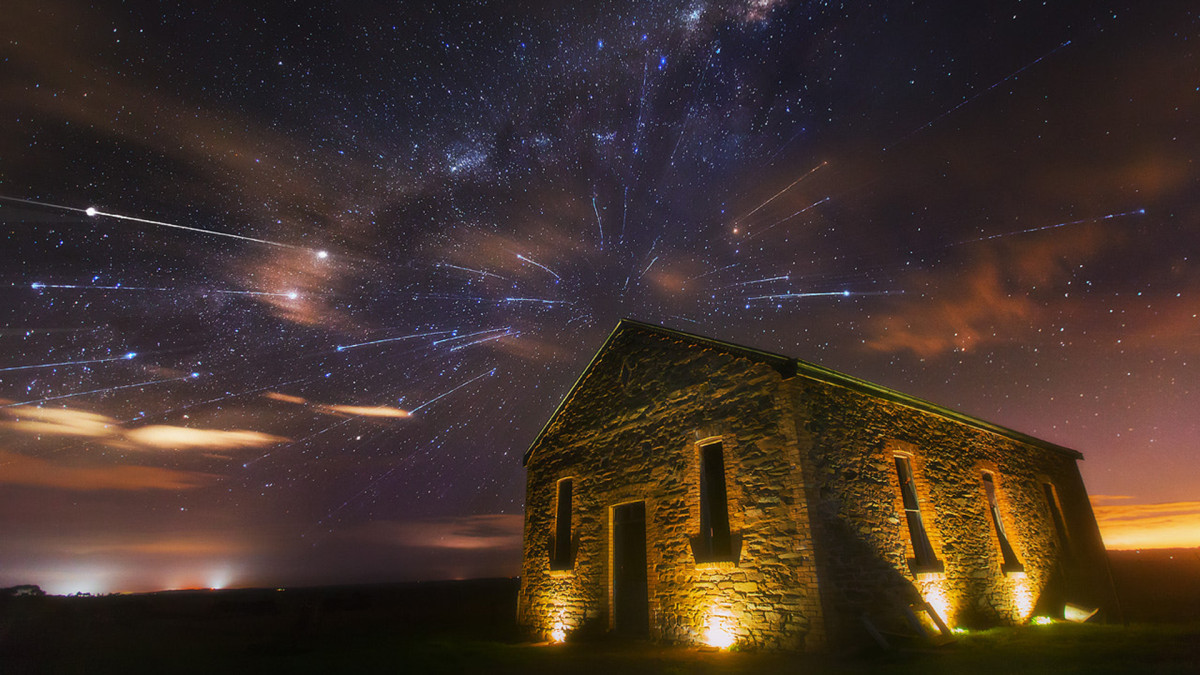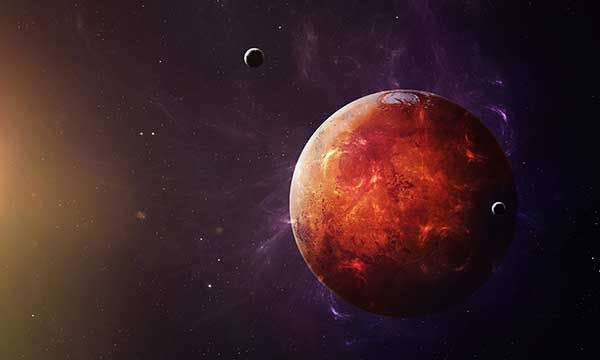A moonbow (also known as a moon rainbow or lunar rainbow) is a rainbow produced by moonlight. Other than the difference in the light source, its formation is the same as for a solar rainbow. It is caused by the refraction of light in many water droplets, such as a rain shower or a waterfall, and is always positioned in the opposite part of the sky from the Moon relative to the observer.
Moonbows are much fainter than solar rainbows, due to the smaller amount of light reflected from the surface of the Moon. Because the light is usually too faint to excite the cone color receptors in human eyes, it is difficult for the human eye to discern colors in a moonbow. As a result, a moonbow often appears to be white. However, the colors in a moonbow do appear in long exposure photographs.

When can one see a Moonbow?
Moonbows are most easily viewed when the Moon is at or nearest to its brightest phase full moon. For moonbows to have the greatest prospect of appearing, the Moon must be low in the sky.
How To Spot One
Moonbows are fairly rare, but if you happen to catch a full Moon when the following conditions are also in place, you’ll increase your chances of seeing one:
- The Moon is near the horizon.
- There’s rainfall or mist (spray from waterfalls and oceans) nearby.
- There’s a not-too-cloudy sky (clouds can obscure moonlight and your view).
- The sky is dark (city lights can drown out a dimly-lit Moonbow).











